Our most common native evergreen is the eastern red cedar, a cone-shaped juniper with a spicy yuletide aroma. Its prickly, scale-like leaves are quite different from those of spruce, fir or pine. But its symmetrical shape and fresh scent make cedar a yuletide choice.
Most red cedars don't end up as Christmas trees, and those that stay outside add green to winter's landscape. Cedar branches can be loaded with blue berries from fall through winter. The berries attract living ornaments in the form of robins, bluebirds and cedar waxwings. Sometimes scores of these birds feast on a cedar, gorging themselves on the high energy fruit.
Cedars are especially beautiful when draped with new-fallen snow. Their dense branches shelter birds at night and during storms. They also protect deer and rabbits from energy sapping winds. Come spring, mockingbirds, robins and mourning doves will seek these same protective branches for their nests.
See how many birds you can find in cedar trees this festive month.
Hail Cedar!
The Eastern red cedar’s red, aromatic wood is used for chests, closets, interior finish, posts, pencils, and other objects. An oil from the resin is used for ointments, soaps, and to flavor gin.
- The tree has been cultivated since 1664, and old specimens are prominent in many old cemeteries, farmyards, and neighborhoods.
- The tree’s fruit is eaten by many species of birds and mammals. Cedar waxwings are named for their preference for the fruits. The thick crowns provide nesting and roosting cover for many birds.
- Researchers have determined that prior to European settlement, eastern red cedar was uncommon in Missouri's landscape and almost entirely restricted to bluffs and cliffs — places where fire could not reach it. In the years since settlement, with fire suppression and many other changes in land use, red cedar has become commonplace.
- This tree is not technically a cedar, which is why many specialists prefer to spell "redcedar" without a letter space or else hyphenate it.
- Standard dictionaries strive to reflect the most common spellings used by ordinary people, and thus they present "red cedar" as two words — which most people then follow. "Juniper," of course, is a better name for this plant, as it is in the genus Juniperus, in the cypress family.
For more on the Eastern red cedar, visit MDC's Field Guide.

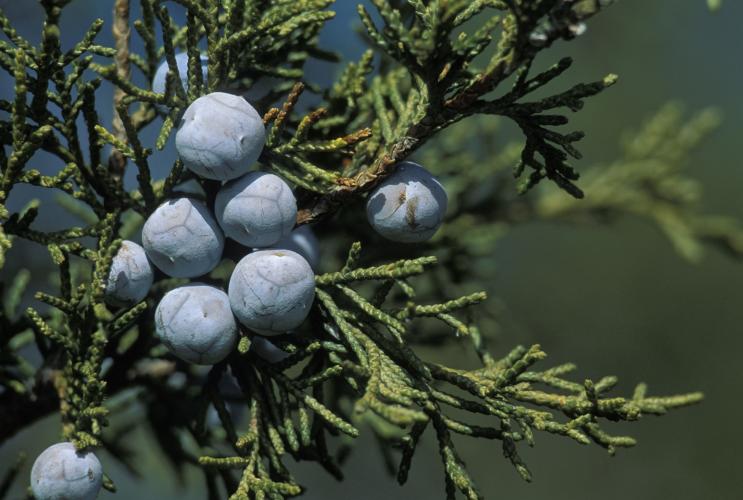
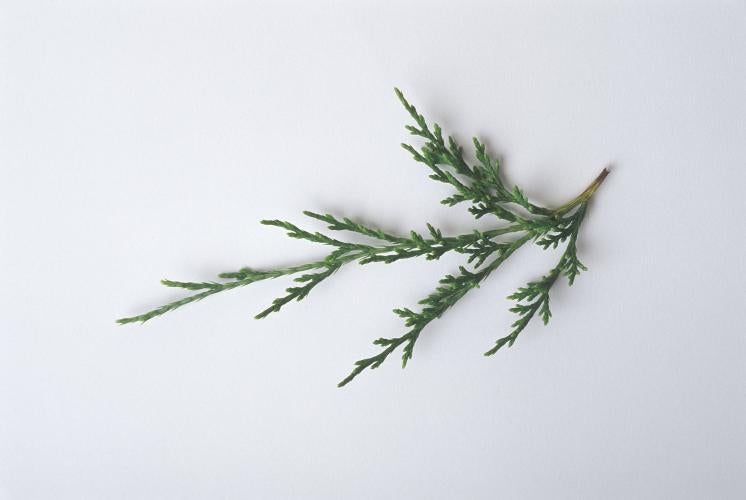

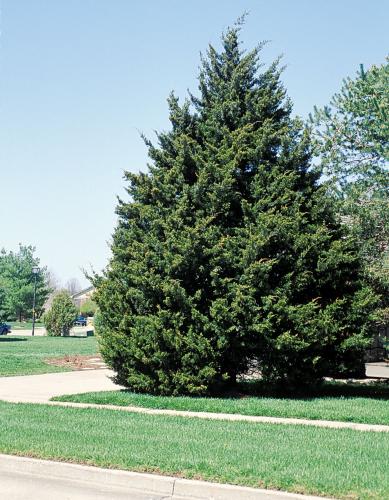

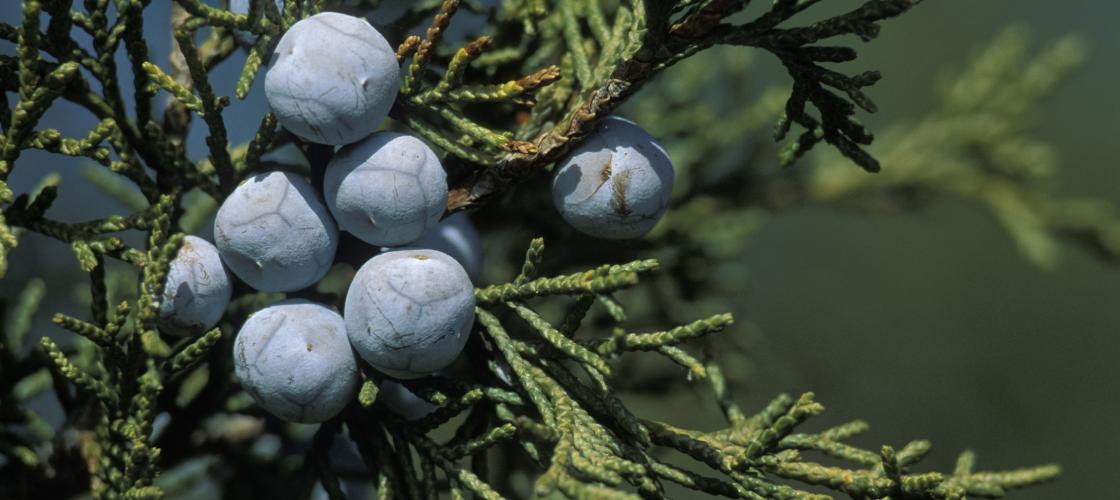
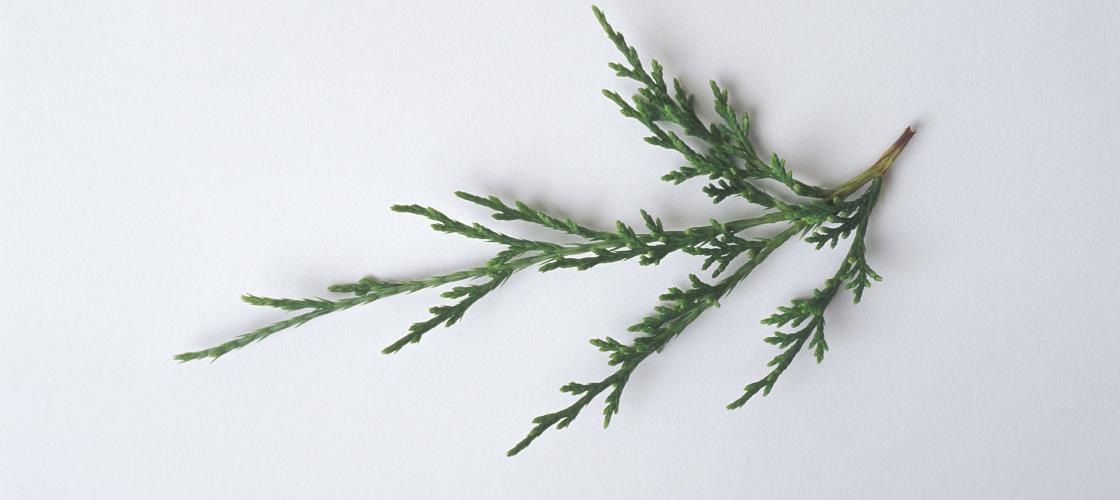


Recent Posts
























